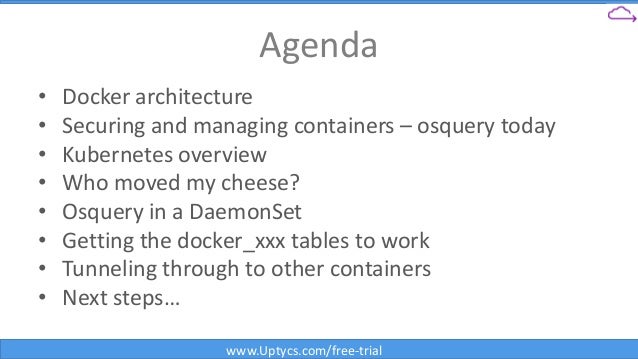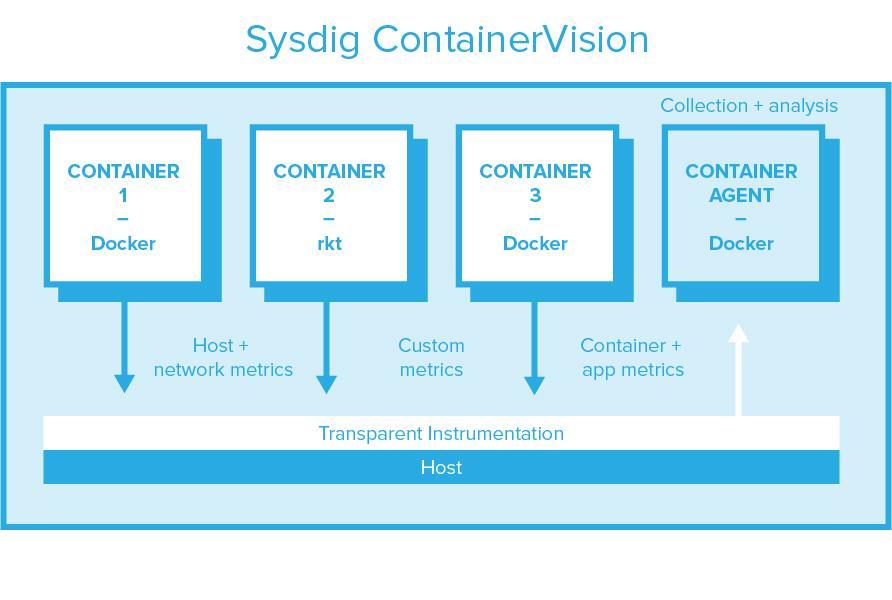
This is an exciting opportunity to be a key member of our IT Security Team. MongoDB is seeking a passionate Senior IT Security Engineer to help expand MongoDB’s IT Security Program and help us secure our IT infrastructure across the globe. This role will be in-office in our Dublin office long-term, on a flexible basis (1 -2 days in office per week) Team Description Join our team and be at the forefront of innovation and creativity. We are the leading modern data platform and the first database provider to IPO in over 20 years. At MongoDB we are transforming industries and empowering developers to build amazing apps that people use every day. In this case, you request 10 results, where only the first ten processes will be listed.The database market is massive (IDC estimates it to be $121B+ by 2025!) and MongoDB is at the head of its disruption. The limit clause specifies the number of results to return. Run the following query to list all the processes running on your system. If so, you’ll have to look into the processes table. Listing Processes InformationĪpart from monitoring users in your system, you may also want to monitor suspicious or unwanted processes, CPU and memory utilization. At the same time, allows access to the specific files and directories that you’ve configured. In this case, you could configure FTP to use the nobody account, which disables any login access to your SSH server ( /usr/sbin/nologin). At the same time, it ensures not logging in as a particular user or accessing any other files on your server. As a result, it effectively restricts what that process or service can do.įor example, you might want to run FTP on your server and ensure that FTP can only access a specific set of files and directories simultaneously. This access control allows the system to provide processes and services with an account that has no privileges or permissions. In Linux and Unix systems, the nobody user is used for access control. Note down one of the usernames you’d like to get more information about each user. Or maybe you want to know if a user has a restricted shell like /bin/false. For instance, you might want to know if a user has set their shell to something other than the default.

You can use this value to query the system for details about a specific user’s shell. You can use this value to query the system for information about a specific user’s files and location.

You can use this value and the User ID to query the system for information about a specific user.

You can use either of these values to query the system for information about a specific user or group.
Osquery vs sysdig update#
Run the below apt update command to update your local repository while accepting all prompts automatically (-y) during the update.
Osquery vs sysdig install#
This repository allows you to install OSQuery as a service and keeps your system up to date with the latest version.ġ. You’ll install OSQuery via OSQuery’s official repository. But to take advantage of OSQuery, you’ll first have to install it on your system. OSQuery provides many different tools and features that allow users to customize their experience and perform more complex queries. OSQuery lets you perform intuitive low-level OS monitoring on Linux systems.
Osquery vs sysdig how to#
Related: How to Install Ubuntu 20.04 Installing OSQuery on Ubuntu This guide uses Ubuntu 20.04, but any other Linux-based system will also work. If you’d like to follow along, be sure you have a Linux-based system.

This tutorial will be a hands-on demonstration.


 0 kommentar(er)
0 kommentar(er)
